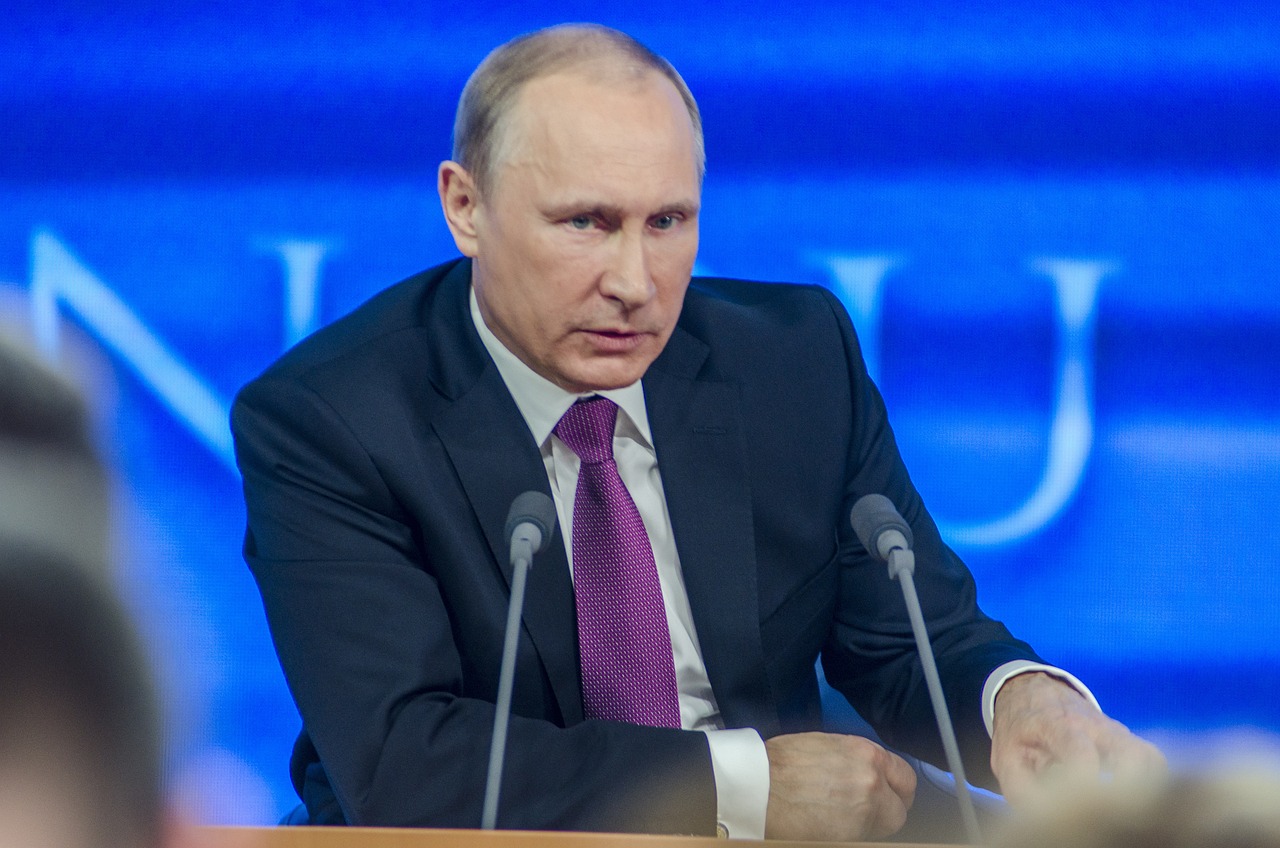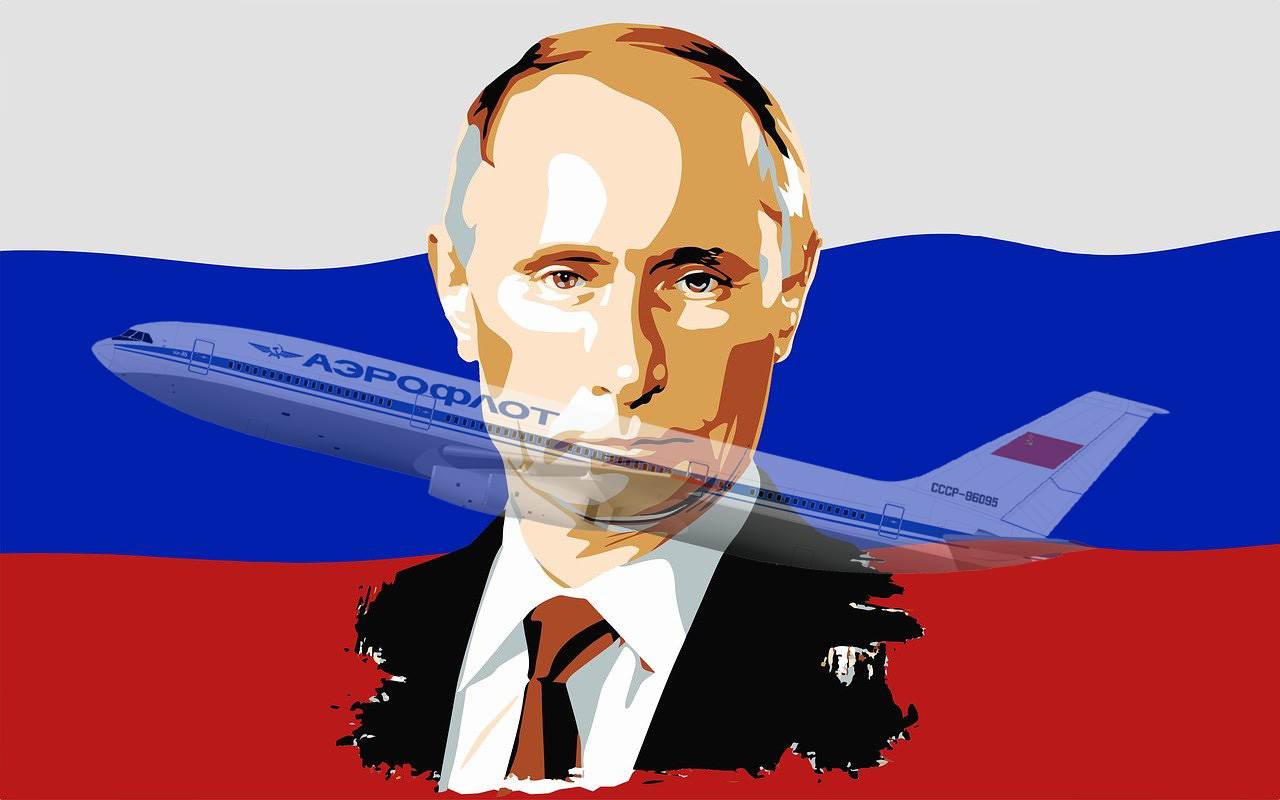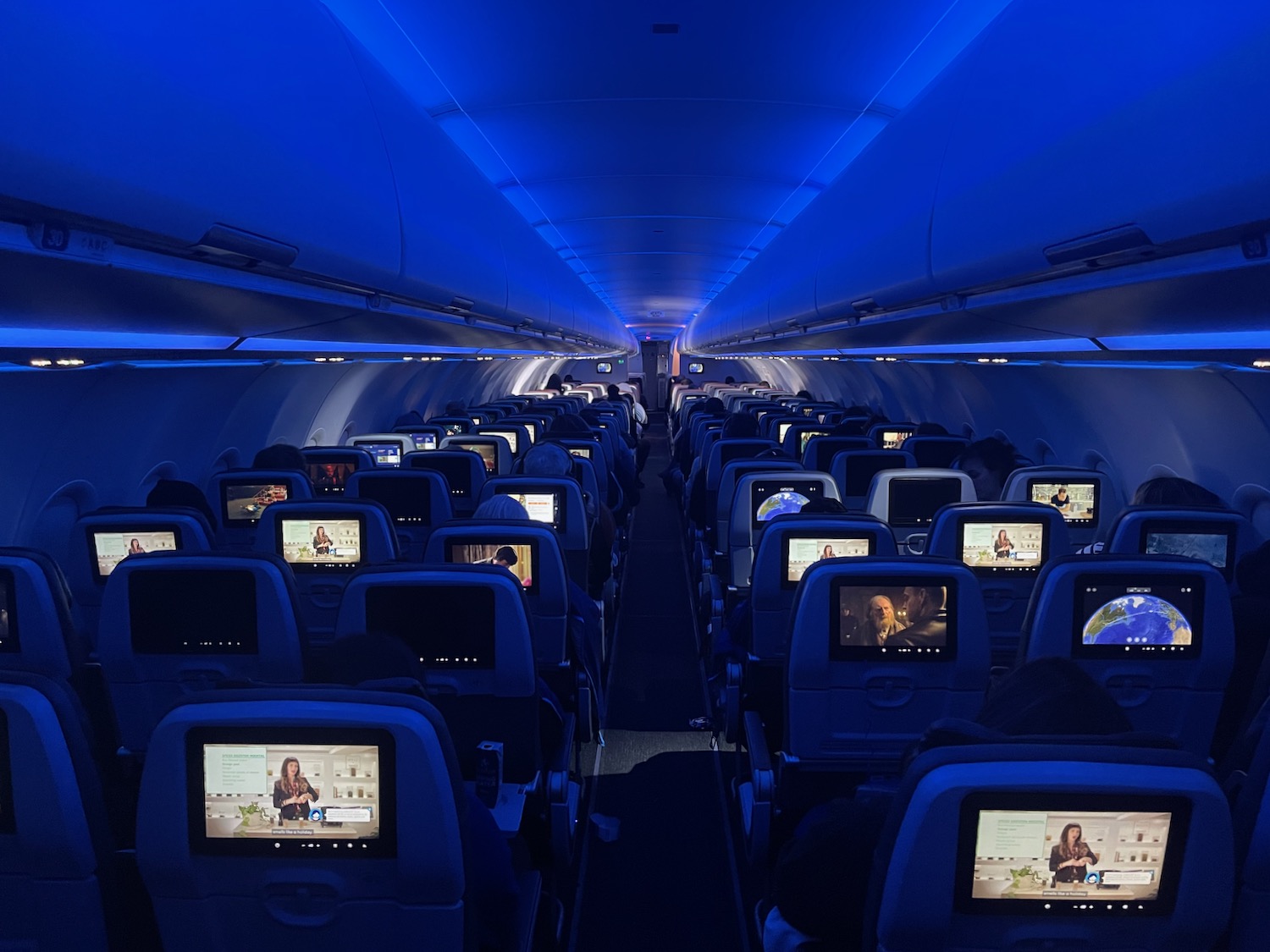Russia has tapped into its “rainy day fund” to help keep beleaguered domestic airlines flying during a time of international sanctions impacting both routes and spare parts. It has also signaled an intention to rapidly expand its domestic aircraft...

Russia has tapped into its “rainy day fund” to help keep beleaguered domestic airlines flying during a time of international sanctions impacting both routes and spare parts. It has also signaled an intention to rapidly expand its domestic aircraft manufacturing industry.
Russia Has Bailed Out Domestic Airlines Since Ukraine War Began
We’ve reported extensively on how the Russian aviation industry has been hit hard by the War in Ukraine and the Western sanctions:
King Vlad Annexes A Fleet of Stolen Jets Into The Arms Of Mother Russia Russian Airlines Decide To Just Keep Leased Aircraft… The Problems For Russian Airlines Are Just Beginning How Aeroflot Just Purchased Eight Airbus A330-300 Jets Iran Provides Lifeline To Aeroflot Russian AirlinesWhile spare parts have continued to flow in through neutral and friendly nations, Russian carriers have struggled for nearly two years. Since March 2022, both Airbus and Boeing have cut off both maintenance and spare parts for all Russian carriers.
First reported by Reuters, Russian has doled out more than 12 billion USD in subsidies and loans to keep its aviation industry afloat since the war began.
Toward A New Future Of Russian Aircraft

Last week during his four-hour press conference, Putin hinted the future of Russian aviation is the domestic production of aircraft. He laid out an ambitious plan to churn out 1,000 aircraft before 2030.
“Our fleet of aircraft is very overloaded … with foreign-made planes. We plan to produce more than 1,000 aircraft by 2030, our own planes. Work is needed.”
There are estimated to be about 1,000 aircraft in total operating in Russia right now, with 405 aircraft made in Russia. Those include not only more modern Sukhoi Superjets (133 in total) but older Ilyushin, Tupolev, and Yakovlev aircraft that may be technically airworthy but are not used commercially anymore.
During the Soviet era Russia produced its own aircraft and in some respects flourished…it is not far-fetched to think that Russia will restart domestic produionx, even if uses trade secrets from Boeing or Airbus to essentially clone their aircraft under a Russian company.
But with an election for Putin approaching in three months, even with the outcome already certain, the state aid will keep at bay any unseemly news of a carrier going under.
The issue of what to do with current western aircraft, now without adequate maintenance records, will be a central issue once the war is over if Russian carriers like Aeroflot intend to restart service to the West.
CONCLUSION
Russia has offered state aid to its carriers and also plans a robust new investment in domestic aircraft production. While the sanctions have certainly hurt Russian aviation, Russia is hoping to lay the foundation for great self-sufficiency in the years ahead.














